Emerging Markets Growth
The expansion of the beer market in emerging economies appears to be a pivotal driver for The Global Beer Industry. Countries in Asia, Africa, and Latin America are witnessing a surge in beer consumption, attributed to rising disposable incomes and changing consumer preferences. For instance, the beer market in Asia is projected to grow at a compound annual growth rate of approximately 6.5% from 2023 to 2028. This growth is likely fueled by a younger demographic that favors beer over traditional spirits. As these markets develop, The Global Beer Industry may experience increased competition and innovation, with local breweries emerging alongside established brands. The diversification of flavors and styles in these regions could further enhance market dynamics, suggesting a robust future for beer consumption.
Health and Wellness Trends
The growing focus on health and wellness is reshaping consumer preferences within The Global Beer Industry. As more individuals prioritize healthier lifestyles, breweries are responding by developing low-calorie, low-alcohol, and gluten-free options. Market Research Future suggests that the demand for these health-conscious products is on the rise, with low-alcohol beer sales increasing by approximately 15% annually. This shift indicates a potential opportunity for breweries to capture a segment of health-oriented consumers who may have previously avoided beer. By aligning product offerings with health trends, The Global Beer Industry could expand its consumer base and enhance brand perception, ultimately driving sales and market growth.
E-commerce and Online Sales
The rise of e-commerce is transforming the way consumers purchase beer, significantly impacting The Global Beer Industry. Online sales channels are becoming increasingly popular, particularly among younger consumers who prefer the convenience of home delivery. Data indicates that online beer sales have grown by over 20% in recent years, reflecting a shift in consumer behavior. This trend is likely to continue as more retailers enhance their online platforms and offer exclusive products. The Global Beer Industry may benefit from this shift, as it allows for greater reach and accessibility to a broader audience. Additionally, the integration of technology in marketing strategies could further engage consumers, potentially leading to increased brand loyalty and sales.
Innovative Brewing Techniques
Innovation in brewing techniques is a crucial driver for The Global Beer Industry, as it fosters creativity and diversity in product offerings. Breweries are increasingly experimenting with unique ingredients and methods, leading to the emergence of new beer styles and flavors. For example, the use of alternative grains and innovative fermentation processes has gained traction, appealing to adventurous consumers. This trend is supported by market data indicating that craft beer sales have consistently outpaced traditional beer sales, with craft beer accounting for nearly 25% of the total beer market share. As consumers seek novel experiences, The Global Beer Industry is likely to see continued growth in niche segments, encouraging breweries to push the boundaries of traditional brewing.
Sustainability and Environmental Awareness
Sustainability initiatives are becoming increasingly important within The Global Beer Industry, as consumers demand environmentally responsible practices from brands. Breweries are adopting sustainable sourcing, energy-efficient production methods, and eco-friendly packaging to meet these expectations. Data shows that consumers are willing to pay a premium for products that align with their values, suggesting that sustainability can be a competitive advantage. The Global Beer Industry may see a shift in consumer loyalty towards brands that prioritize environmental stewardship. As awareness of climate change and resource conservation grows, breweries that embrace sustainability could not only enhance their brand image but also contribute positively to the industry’s long-term viability.
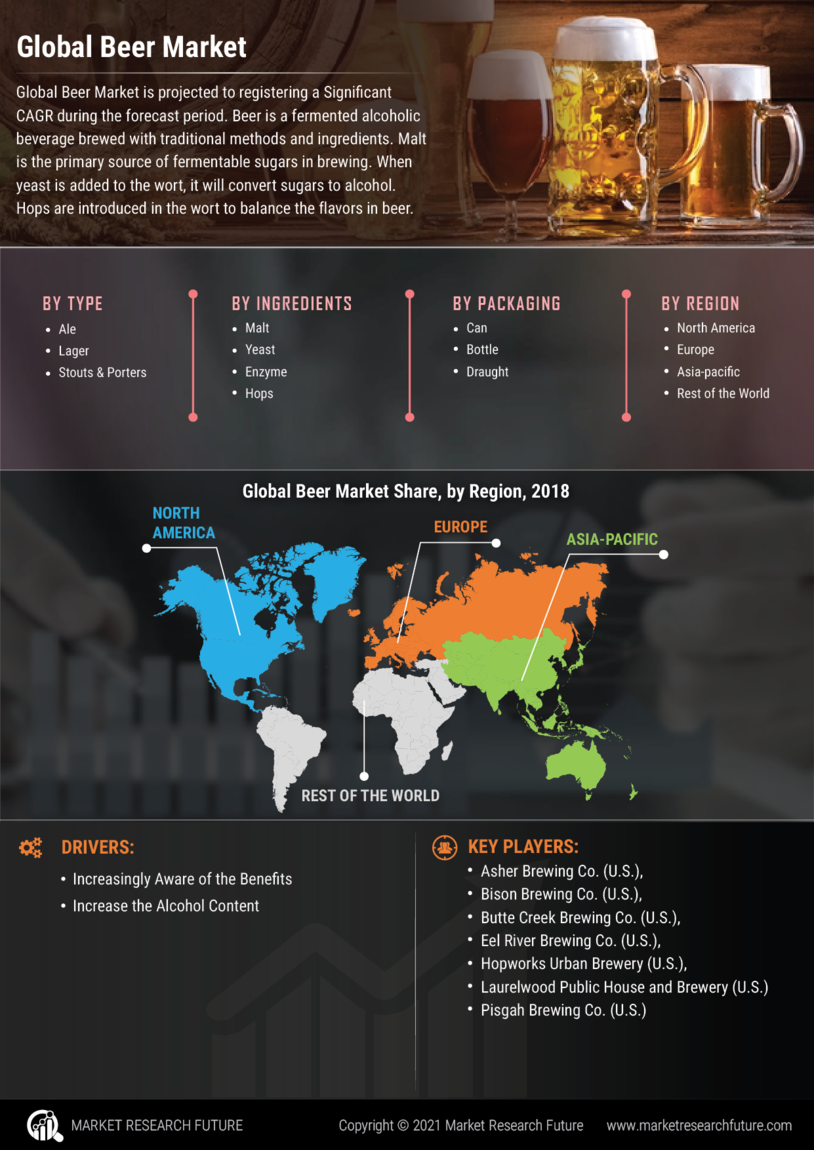

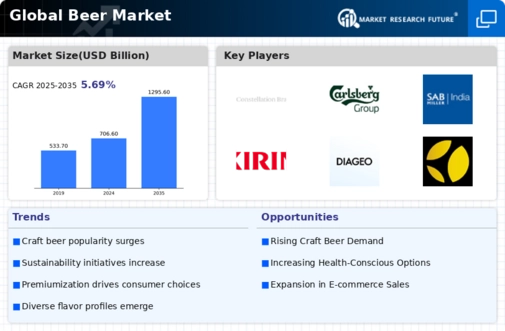
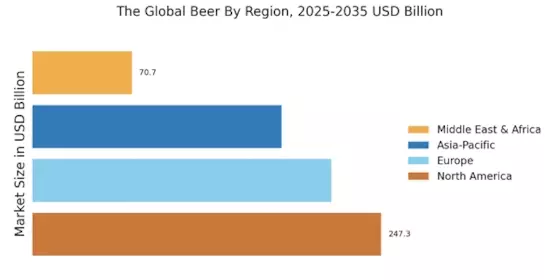

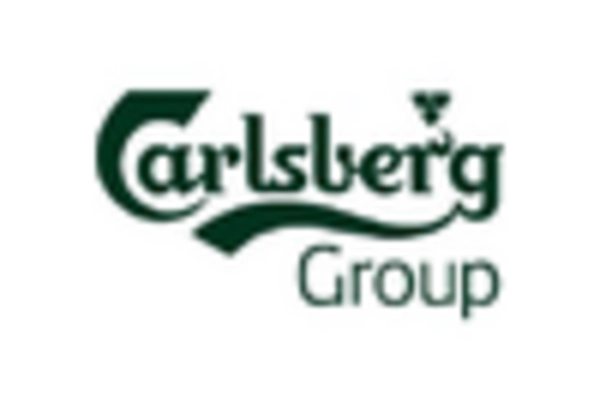
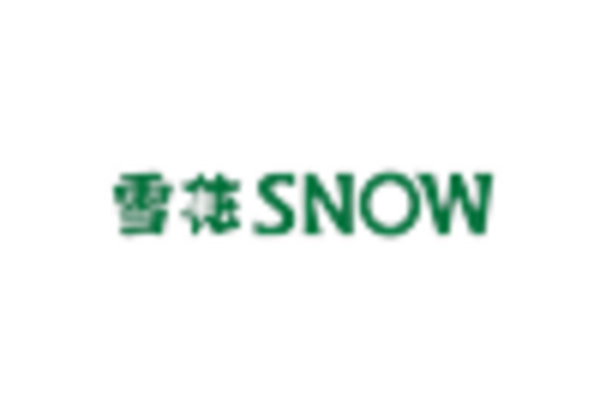
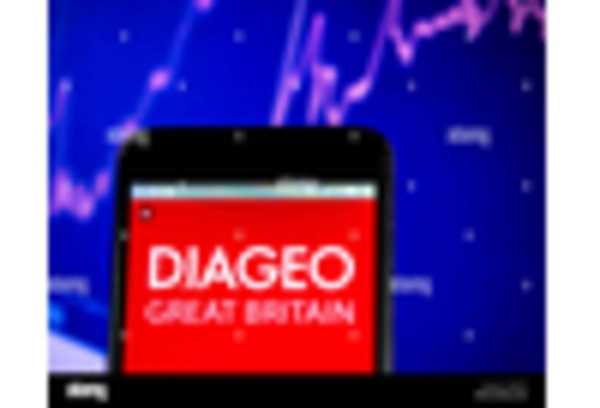

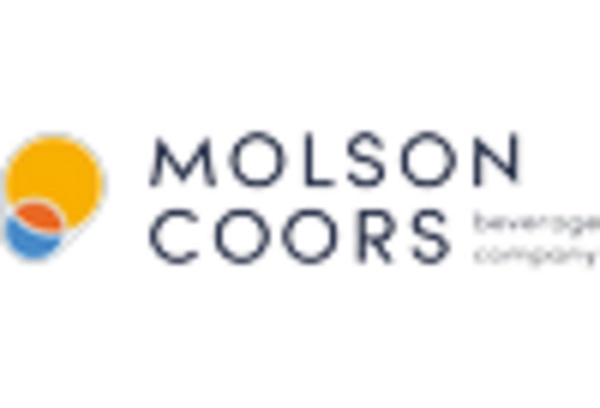








Leave a Comment